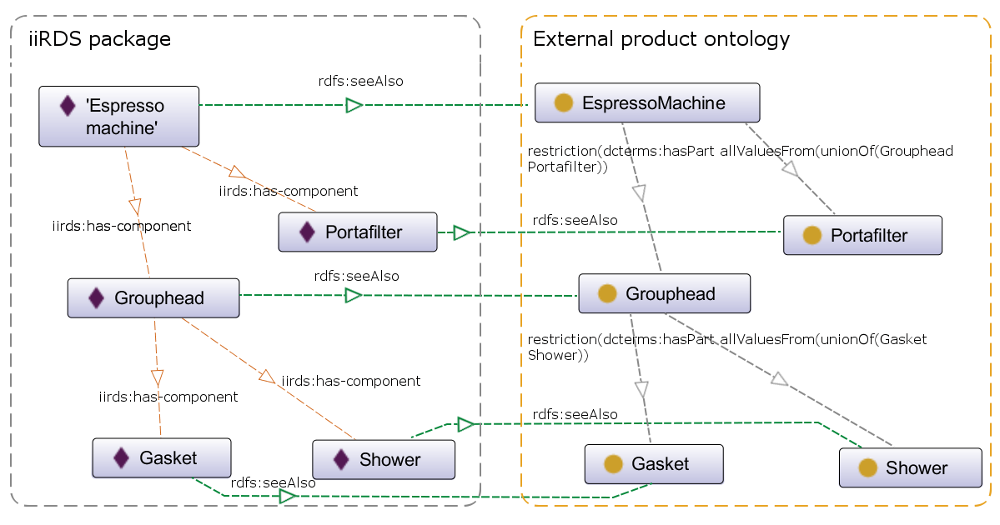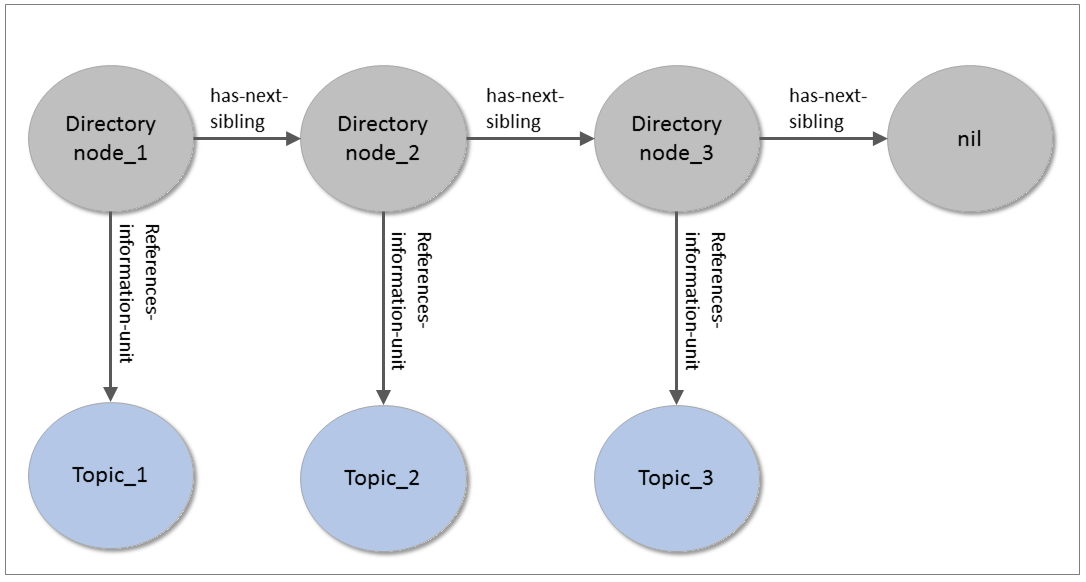5.1 Content in iiRDS
Depending on the perspective, iiRDS appears to be created for structured modular content. However, the provision of monolithic documents, such as PDF files, can also be significantly improved by iiRDS.
Due to the many source formats in technical communication and the wealth of existing content, it is simply not possible to modularize all content using a unique XML schema. An exchange and delivery standard such as iiRDS, therefore, must cope
with a variety of formats and different levels of granularity. From classic PDF files to 3D animations and highly structured XML topics, everything is conceivable. Attempts to further structure this continuum by discrete levels are not
successful because the content format is not a clear indication of the structure or the granularity of the information. Therefore, it is not appropriate to specify a universal, structured, modular content format for the delivery of intelligent
information. But that is not necessary, either. The intelligent part (i.e. contextualization) of iiRDS is not achieved by structured content but by metadata.
On one hand, iiRDS should make it possible to exchange all kinds of file formats based on common metadata. This flexibility is needed to serve any kind of content in real-world scenarios. On the other hand, a format like iiRDS is intended
to enable providers of target systems not only to request and receive information but also to ensure processing of incoming packages. If any format is allowed, the target system cannot assure processing. In scenarios where an operator
of a machine park must aggregate packages of different origin, this becomes a no-go. In addition, since documentation often is legally relevant, the question of reliable long-term archiving of iiRDS packages arises.
To meet these requirements iiRDS packages can either contain any kind of content or only content according to some well-defined formats. The latter are called iiRDS/A packages. Content formats in iiRDS/A are predefined. They allow for scenarios
where creator and consumer of iiRDS packages are not able to define specific content formats for their use case. This, for example, is a requirement in generic archiving but also in open scenarios where packages from previously unknown
sources are combined. In addition to the format restriction, an iiRDS/A package is self-contained.
iiRDS/A is intended to support the goal of transferring a wide variety of formats to the user in anonymous or open scenarios in a processible manner. Scenarios that cannot be mapped within the restrictions of iiRDS/A should use the unrestricted
iiRDS.
5.2 Unrestricted iiRDS vs. iiRDS/A
An iiRDS package can include any kind of content files. Type and purpose of the content file are described by the iiRDS metadata.
If necessary, iiRDS Generators may restrict the set of formats for content files. This restricted set of formats is called iiRDS/A. The use of metadata is the same for the restricted and the unrestricted set of content formats.
An iiRDS-package is called iiRDS/A package if
- it only contains content files of formats according to iiRDS/A.
- the property
formatRestriction of the iiRDS package is set to A.
Example 20: Usage of the formatRestriction property
<iirds:Package ….>
<iirds:formatRestriction>A</iirds:formatRestriction>
</iirds:Package>




